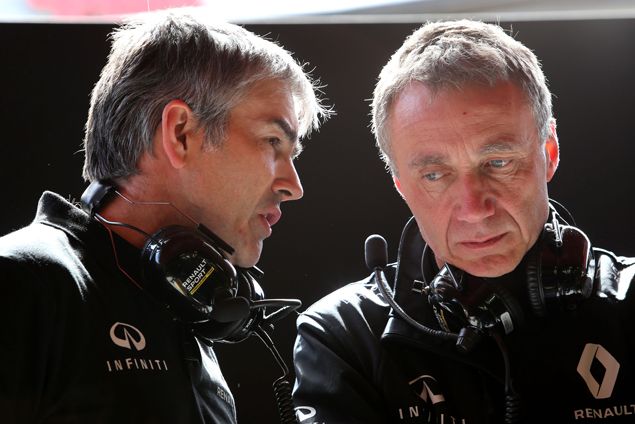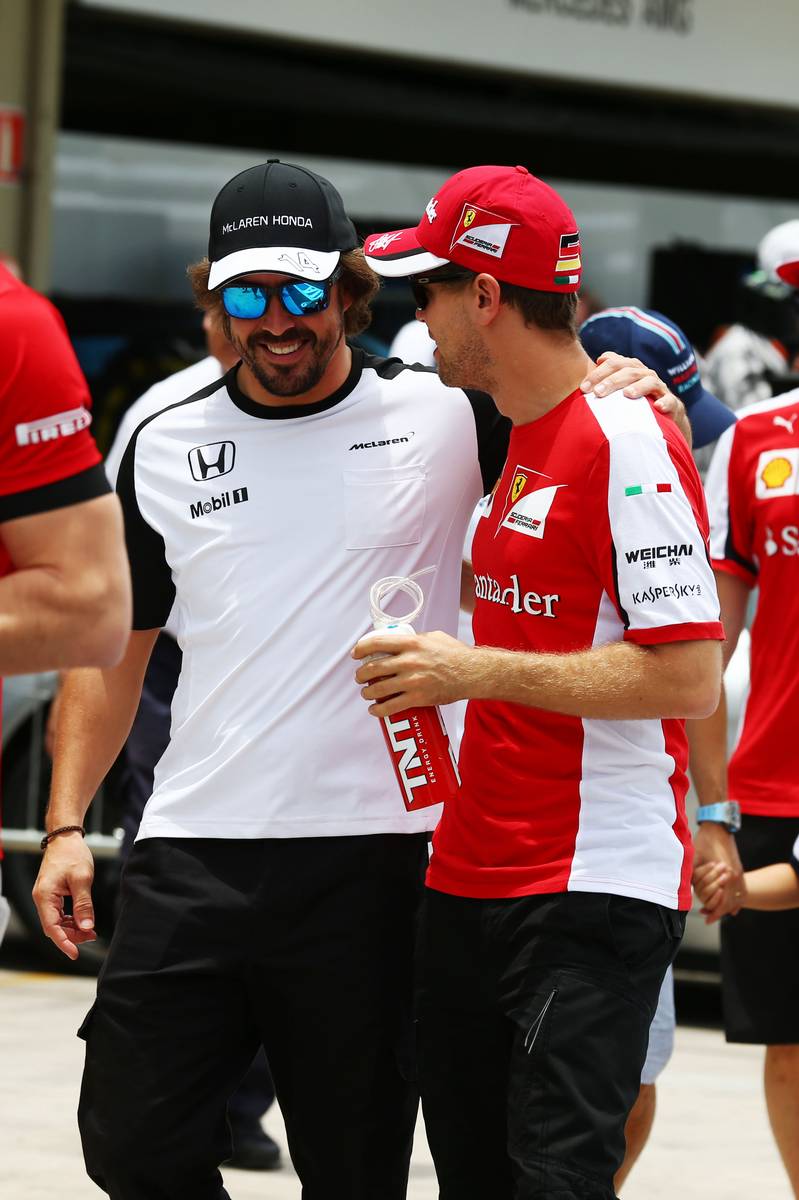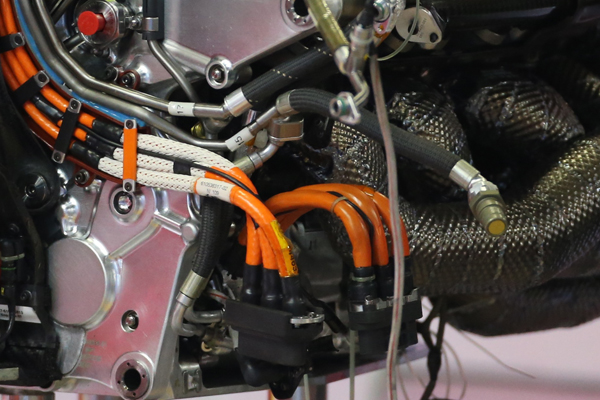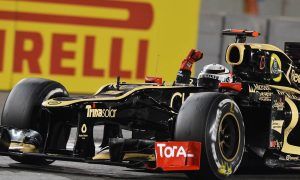A FRESH START
Given the complexity of modern F1 cars and current restrictions on windtunnel testing and CFD work, teams need more time to go faster, which is one of the many paradoxical things in the sport.
According to Bell, around five seasons are required to become a championship contender, looking at recent examples from Red Bull, which bought out Jaguar in late 2004 and started winning in 2010, from Renault, which took over Benetton in 2001 and claimed its first titles in 2005, and from Mercedes, which returned as an F1 constructor in late 2009 but only started amassing trophies in 2014.
Renault’s senior management has remained cautious in the wake of the Lotus takeover, repeating that podium finishes would probably not come before 2018. Still, after a challenging campaign last year, the upcoming season and its slew of radical regulation changes should represent a fresh start for Renault.
“It is healthy for Formula one to make these changes to increase the performance of the car, to make them visually different.
“From a team perspective, I think it is good for us because it helps to level the playing field. We are in a position of playing catch-up, which is why it aids.”
Despite Bell’s enthusiasm, Renault’s 2017-spec challenger has been designed with resources that were still limited following Lotus’ travails and high-profiles departures.
The French constructor was quick to go on a recruitment drive though and chief race engineer Ciaron Pilbeam has already returned to Enstone after a stint at McLaren-Honda. However, adding to the workforce has become a challenging process in F1 in light of lengthy gardening leave periods for top F1 engineers.
“We are building our team of technical talent and fabricators,” Bell said. “We've got a steady growth plan in place, we are in it for the long haul.
“We are not, therefore, prepared to just take whatever is there. We will look for the right people to fit with the team and its standards.”

© XPB Images
WINNING IN YELLOW
Having worked on McLaren’s untouchable red-and-white MP4/4 that ended F1’s initial turbo epoch, as well as on Mercedes’ ultra-dominant Silver Arrows that kick started the new hybrid era, Bell is now trying to turn a yellow-liveried car into a world-beater.
Interestingly, yellow is the colour associated with the ‘D’ key on Russian composer and pianist Alexander Scriabin’s clavier à lumières. The instrument was created for the New York premiere of Scriabin’s symphonic work entitled Prometheus: Poem of Fire, which took place at Carnegie Hall in 1915. Remarkably, the engineer who designed and built the model used for the performance, which was named ‘chromola’, was a certain Preston S. Millar from… Bell Labs.
While there is no family tie with the F1 technical figure, famous Italian writer Leonardo Sciascia once said: “Io credo che le sole cose sicure in questo mondo siano le coincidenze”, which translates in English as “I think the only things that are certain in this world are the coincidences.”








